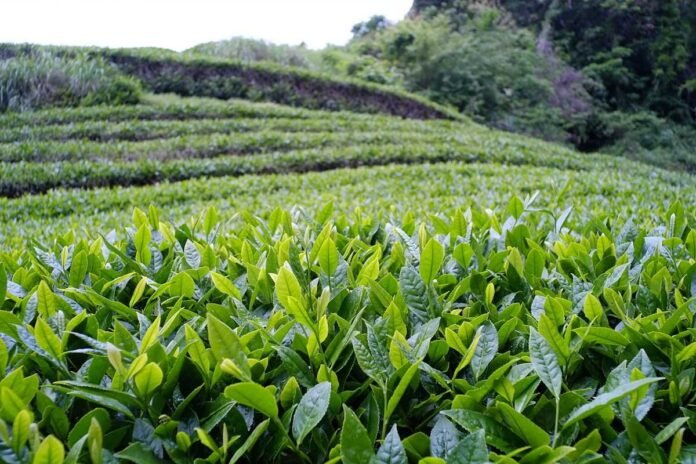In this captivating article, we embark on a delightful journey through Tripura’s tea gardens, immersing ourselves in the captivating history and exquisite flavors that define the region’s rich tea heritage. Let us embark on this adventure, exploring the secrets and wonders of Tripura’s thriving tea industry.
The article begins by painting a picturesque scene of Tripura’s sprawling tea gardens, where verdant tea bushes stretch as far as the eye can see. These lush plantations, nestled amidst the breathtaking landscapes, provide the perfect backdrop for the cultivation of some of the finest teas in the world.
Delving into the history of tea cultivation in Tripura, the article highlights the legacy left by pioneering tea planters who recognized the region’s favorable climate and fertile soil. It unravels the stories of their perseverance and dedication, which laid the foundation for Tripura’s emergence as a significant tea-producing region.
As we venture deeper into the tea gardens, the article introduces us to the intricate process of tea production. From plucking the tender tea leaves to the careful art of processing and packaging, every step is meticulously undertaken to preserve the tea’s distinct flavors and aromas. The article sheds light on the various tea varieties cultivated in Tripura, ranging from black tea to green tea, each offering a unique sensory experience to tea connoisseurs.
A highlight of the article is an exploration of the tea-tasting experience, where visitors can indulge in the delicate flavors and notes of Tripura’s teas. Whether it’s the robust and malty flavors of black tea or the delicate and grassy undertones of green tea, every sip transports the drinker into a world of unparalleled taste and refinement.
Furthermore, the article emphasizes the sustainable and eco-friendly practices embraced by Tripura’s tea industry. From organic farming methods to the preservation of biodiversity, tea planters in Tripura take pride in producing teas that are not only delicious but also environmentally conscious.
In addition to the sensory delights, the article offers insights into the socio-economic impact of the tea industry on the local communities. It sheds light on the livelihoods and traditions intertwined with tea cultivation, showcasing the importance of this industry in uplifting the lives of many.
As we conclude our journey through Tripura’s tea gardens, the article leaves readers with a deep appreciation for the heritage, craftsmanship, and dedication that go into every cup of tea produced in the region. It encourages tea enthusiasts to explore and savor the exceptional teas of Tripura, immersing themselves in a world of unparalleled taste and cultural significance.
This article serves as an ode to Tripura’s rich tea heritage, inviting readers to embark on their own journey of discovery and indulge in the enchanting flavors and stories that lie within each tea leaf.




